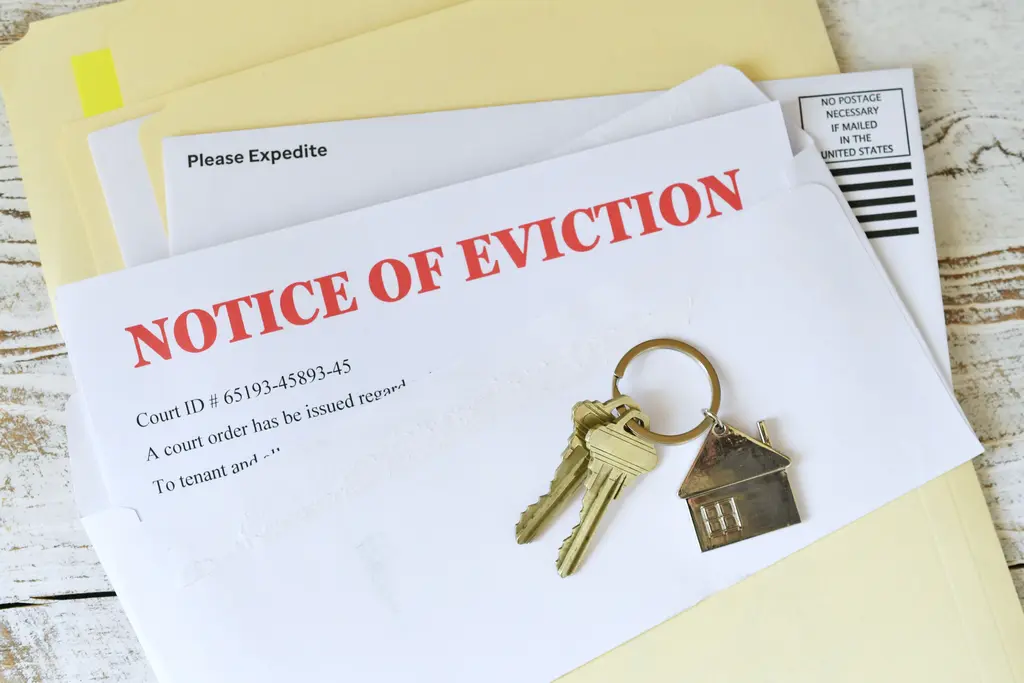
Don’t Let Landlord Harassment Slide: Get the Compensation You Deserve…

Successful landlords know the importance of following the landlord-tenant law. On the other hand, a responsible tenant must obey the tenancy rules specified on the lease or rental agreement. Failure to do so may lead to termination of the tenancy contract and eviction.
A landlord may decide to evict a tenant for various reasons. Eviction may occur due toWhether you're dealing with a landlord-tenant dispute or addressing a real estate concern in California, our San Francisco real estate attorneys are here to protect your rights.

An unlawful detainer is an eviction proceeding that allows a landlord to regain possession of the rental property. It refers to tenants who continue to live in a rental property even after their lease agreement has been terminated or expired. These tenants are fully aware that they have no legal rights to stay in the rental property but refuse to leave the premises even after a Notice to Vacate is served.
There are legal steps you can take to get these tenants out. A seasoned eviction lawyer in San Francisco can help you understand what an unlawful detainer is and the process of filing the eviction lawsuit to get the tenant out of your rental property.
Here are some of the common reasons a landlord will file an unlawful detainer lawsuit:
Landlord-tenant law is complex and constantly changing. Whether you’re the landlord or the tenant, it is your responsibility to know your rights and duties. You need to understand how to evaluate your situation and understand how the state laws apply to you.
If you are involved in an unlawful detainer claim, it is highly recommended to consult our experienced San Francisco unlawful detainer attorneys at Steven Adair MacDonald & Partners, P.C. Our real estate law firm will protect your legal rights as a landlord and will represent you in court, as needed. We will ensure that your trial is fair and that all relevant information on your case is presented in your defense. Call us now at (415) 991-6078 and schedule a consultation.
Don’t Let Landlord Harassment Slide: Get the Compensation You Deserve…

The Benefits of Having a Tenant Lawyer on Your Side…

What Rights Do Tenants Have In California? Have you considered…
“The truth is, 99 percent of cases do not go to trial. The two sides eventually come to an agreement and settle. We know this from the thousands of cases we have handled. Therefore, we critically analyze our client’s situation to see if we can help them find an agreement earlier rather than later. The difference will mean enormous savings in time and legal fees.
We will do everything in our power to successfully resolve your landlord-tenant case or real estate dispute in as little time as possible. We have the resources to take on complex real estate cases and the size to keep you from becoming more than just a case file.”

There are two sides to every story —
let yours be heard.
Steven Adair MacDonald & Partners, PC
870 Market Street
Suite 500
San Francisco, California 94102
United States
(415) 956-8698
Copyright © 2024 Steven Adair MacDonald & Partners, PC - All Rights Reserved. | Powered by Advantage Attorney Marketing & Cloud Solutions